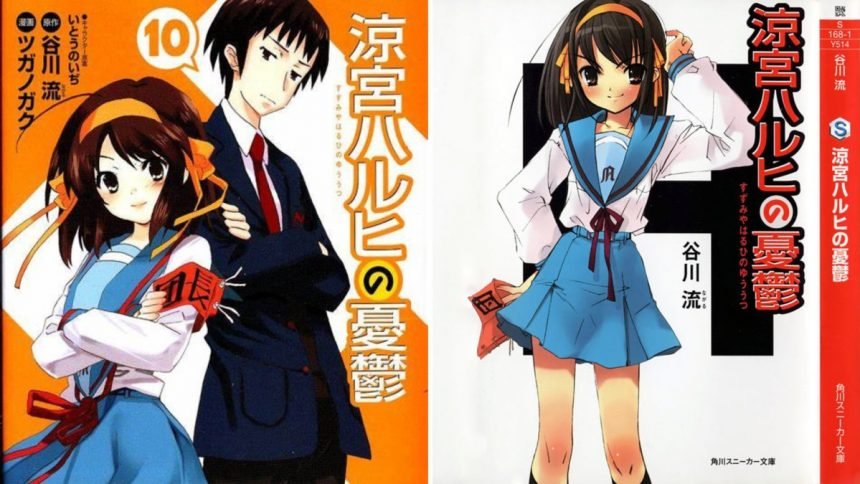Dive into the captivating world of storytelling as we embark on a journey to explore the unique realms of manga and novels. In this article, we will delve into the distinctive characteristics of each medium, comparing and contrasting their approaches to storytelling and examining the impact they have on readers. Join us as we unlock the diverse tapestry of manga versus novels and discover the fascinating narratives that ignite our imagination.
An Overview of Manga and Novels
Manga and novels are two distinct forms of storytelling that have captured the hearts of countless readers worldwide. Manga refers to Japanese comic books that encompass a wide array of genres, including fantasy, romance, action, and more. Novels, on the other hand, are written works that span various literary genres and provide readers with immersive narratives and profound insights into the human experience.
In this article, we will explore two main subtopics: visual storytelling and narrative pacing.
Visual Storytelling: Manga Versus Novels
Dynamic Visual Narrative
Manga possesses a unique storytelling style characterized by its dynamic visual narrative. Through a combination of expressive illustrations, panel layouts, and the creative use of word balloons, manga brings stories to life in a visually captivating manner. The artwork conveys emotions, actions, and atmospheric details, immersing readers in the world of the story. The sequential nature of manga panels allows for a fluid and engaging reading experience, where the visuals seamlessly guide readers through the narrative.
Novels, on the other hand, rely solely on the power of the written word to paint vivid mental images in the readers’ minds. Novels provide detailed descriptions of characters, settings, and events, allowing readers to envision the story as they read. The absence of visual illustrations challenges readers to actively engage their imagination and create their own unique interpretations of the story. Novels offer a more introspective and personal reading experience, where readers become active participants in the storytelling process.
Artistic Expression and Interpretation
Manga is not only a medium for storytelling but also a form of artistic expression. The distinctive art styles employed by different manga artists contribute to the overall atmosphere and mood of the story. The visual elements, such as character designs, backgrounds, and action sequences, play a significant role in conveying emotions and enhancing the narrative impact. Additionally, manga adaptations often introduce visual interpretations of scenes and characters, adding new layers of artistic interpretation to the original source material.
Novels, while not visually oriented, offer a different kind of artistic expression through the power of language. The skillful use of descriptive prose, metaphors, and symbolism allows authors to paint vivid mental landscapes in readers’ minds. Novels delve deep into the characters’ thoughts, feelings, and motivations, providing readers with a rich and immersive experience that transcends visual aesthetics. The artistic expression in novels lies within the intricacies of language and the profound exploration of human experiences and emotions.
Further Readings: Anime Versus Novels: Unraveling the Diverse Realms of Storytelling
Narrative Pacing
Concise Storytelling and Visual Impact
Manga excels in concise storytelling, often conveying complex narratives and character development within a limited number of pages. The combination of visual elements and succinct dialogue enables manga to deliver impactful moments and intense emotions in a condensed format. The pacing of the story is carefully synchronized with the artwork, allowing for dramatic reveals, action-packed sequences, and emotional climaxes that capture readers’ attention and ignite their imagination.
Novels, with their expansive canvas, offer a more in-depth exploration of the narrative. The extended length allows for intricate world-building, intricate character development, and the gradual unfolding of complex plotlines. Novels have the freedom to delve into the nuances of the story, providing readers with a comprehensive understanding of the characters’ motivations, relationships, and inner struggles. The unhurried pace of the narrative allows readers to savor each moment and immerse themselves in the story’s intricacies.
Reader’s Engagement and Narrative Interpretation
Manga engages readers through its visual storytelling and the unique interplay between text and artwork. The combination of dialogue, sound effects, and visual cues stimulates readers’ imagination, drawing them deeper into the story. The presence of visual cues allows for immediate comprehension of actions and emotions, providing an immersive reading experience. However, the visual nature of manga also leaves room for readers to interpret and fill in the gaps between panels, fostering a sense of active participation in the storytelling process.
Novels, with their extensive use of descriptive language, evoke a different kind of engagement from readers. The absence of visual cues requires readers to actively construct mental images and imagine the characters, settings, and events. Readers become co-creators of the story, collaborating with the author to bring the narrative to life in their minds. The interpretive nature of novels allows for a more personal and subjective experience, as readers bring their own perspectives and experiences to the interpretation of the story.
Conclusion: The Rich Tapestry of Manga Versus Novels
Manga and novels offer distinct yet captivating storytelling experiences, each with its own strengths and approaches. Manga enchants readers with its dynamic visual storytelling, artistic expression, and concise narrative pacing. Novels, on the other hand, ignite readers’ imagination through the power of language, in-depth exploration, and unhurried narrative pacing.
Both manga and novels have their unique appeal and contribute to the rich tapestry of storytelling. Manga’s visual narrative stimulates the senses, while novels delve into the depths of the human experience. The interplay between words and images in manga and the imaginative engagement of readers in novels provide diverse and immersive storytelling experiences.
So, whether you find yourself captivated by the vibrant visuals and concise storytelling of manga or prefer to immerse yourself in the intricacies of a well-crafted novel, there is no shortage of captivating stories to discover. The realms of manga and novels continue to inspire and transport readers to extraordinary worlds, sparking their imagination and leaving a lasting impact.
So, pick up a manga or delve into a novel, and let the power of storytelling unlock the realms of your imagination.













